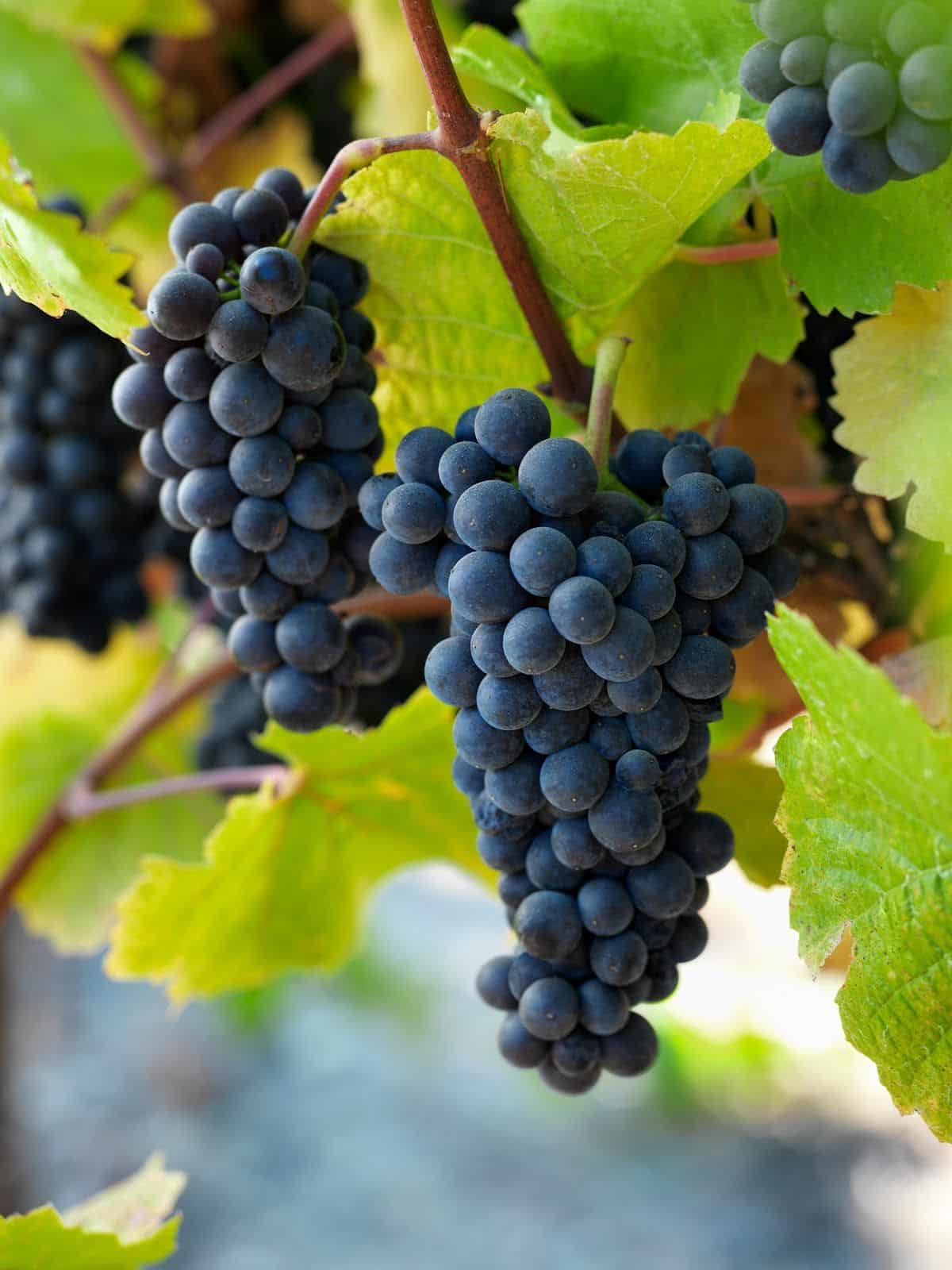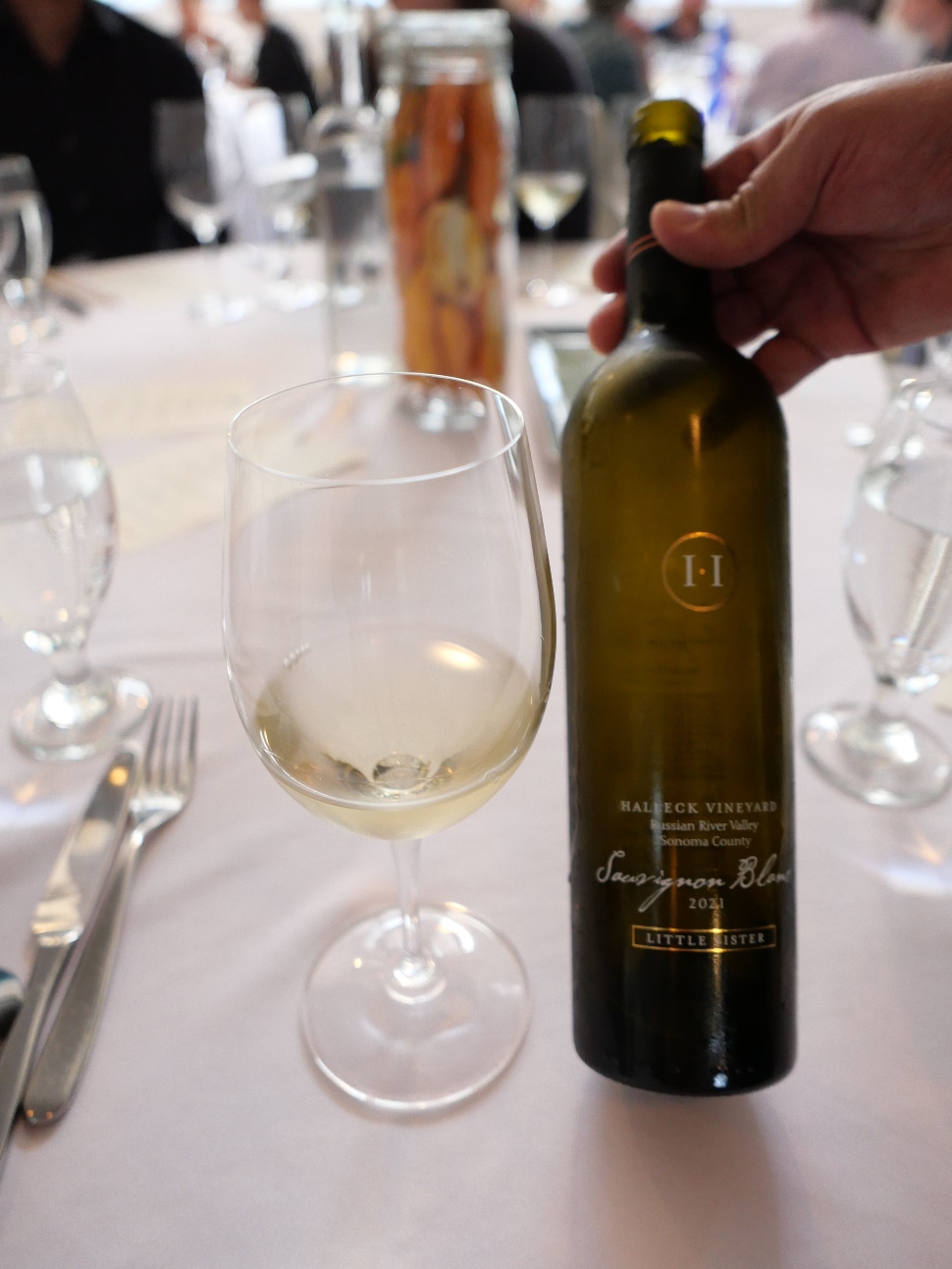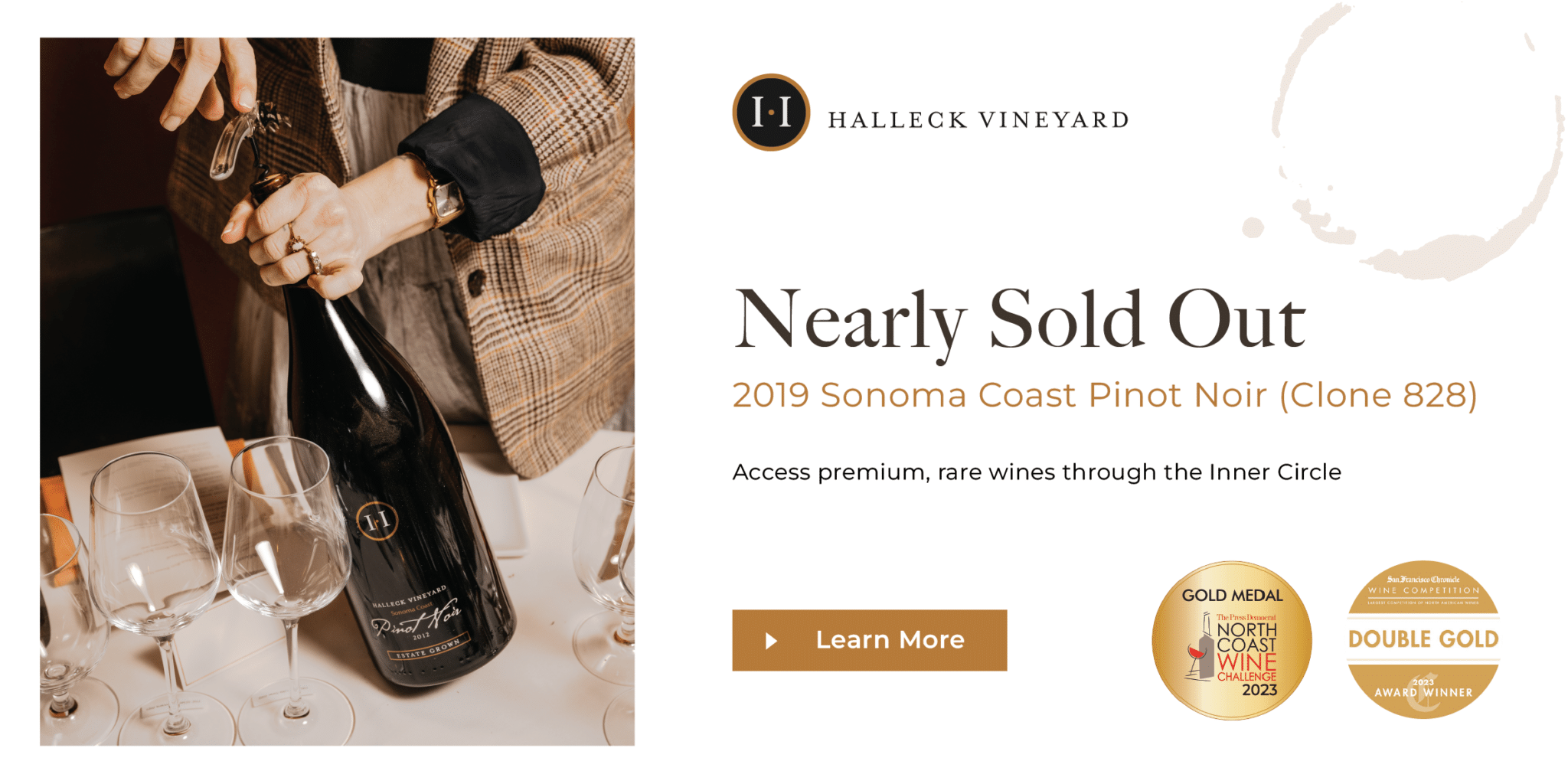Vineyard Adventures in Sebastopol for Couples 95409
Vineyard Adventures in Sebastopol for Couples 95409
Blog Article
Visit Scenic Wineries in Sebastopol's Wine Country
Understanding the nuanced vocabulary related to winery wine tasting is crucial for both novices and seasoned connoisseurs alike. Every term brings to life the experience of tasting wine and might enhance one’s appreciation of the numerous intricacies involved. Wine tasting is more than just ingesting; it's an art that involves numerous senses and feelings.
To begin with, the term "nose" refers to the aromas one detects when smelling the wine. This is a crucial step because the bouquet sets the stage for the tasting experience. Notes of fruit, spice, earth, and wooden may mingle, offering a glimpse of what the palate might affirm. Understanding "nosing" the wine can dramatically elevate one's sensory journey.
Another key aspect is the term "body." The body of the wine describes its weight and fullness on the palate. A full-bodied wine has a strong presence and tends to linger longer after swallowing. Conversely, light-bodied wines may really feel extra delicate and refreshing. Recognizing the physique helps tasters assess the wine's structure and steadiness.
Book Your Experience for Unforgettable Wine Tours in Sonoma
The idea of "tannins" is vital in purple wine tasting. Tannins are compounds derived from grape skins, seeds, and stems, contributing to a wine's texture and getting older potential. High tannin wines typically lead to a dry mouthfeel, while lower tannin ranges yield a smoother experience. This distinction is especially important when pairing wines with food, as tannins can either complement or conflict with sure dishes.
In addition to tannins, "acidity" plays a significant position within the wine tasting experience. Acidity gives wine its crispness and liveliness - Enjoy Tasting Events at Sonoma Wineries. Wines with larger acidity tend to be refreshing and energizing, making them excellent companions for quite a lot of foods. Recognizing acidity can drastically enhance one’s food-pairing capabilities and general tasting enjoyment.
When delving into the flavour profile of a wine, one might encounter the term "finish." The end refers to the aftertaste that lingers within the mouth after swallowing. A long end is often related to high-quality wines, because it signifies complexity and depth. A brief end may counsel a simpler wine. Figuring Out tips on how to consider the finish can reveal much a couple of wine's character.
Exploring the "vintage" can be integral to wine tasting terminology. The vintage denotes the 12 months in which the grapes have been harvested. Different years can yield vastly totally different outcomes because of variations in local weather situations. For instance, a scorching summer season can produce more concentrated flavors, whereas a cooler 12 months might yield extra refined, nuanced wines. Understanding vintage allows for a deeper appreciation of a wine’s origin and potential.
Unwind at the Picturesque Vineyards of California's Wine Country 95472
The term "terroir" encompasses the geographical and environmental elements that contribute to a wine's unique character. Elements similar to soil type, local weather, elevation, and topography all play a role within the flavor and quality of the wine. This connection to position helps one understand why wines from different areas can taste so distinctively completely different, even when produced from the identical grape variety (Memorable Wine Tasting Experiences in Sonoma Valley).

When partaking with wines, the phrase "leg" refers to the droplets that type on the within of the glass after swirling. These droplets can point out the wine's alcohol content and viscosity. While observing the legs may not instantly relate to the wine’s taste, it adds to the general experience and intrigue of wine tasting much less transparent.
Explore Hidden Gems Wineries in Sebastopol
A extra particular term that may arise throughout tastings is "oak." The influence of oak barrels on wine can impart flavors corresponding to vanilla, toast, or spice. The degree of oak aging can vary widely amongst wines, affecting each aroma and style. Understanding oak therapy provides insights into the winemaker’s choices and the resulting complexity of the wine.
In wine tasting, one might also hear the term "palate." The palate refers back helpful hints to the overall taste experience in the mouth. This encompasses sweetness, bitterness, acidity, and body. A well-balanced palate is essential for a harmonious tasting experience, and recognizing any imbalances helps assess the quality of the wine.
The experience of wine tasting is greatly enriched by understanding the terminology that accompanies it. Each term serves a purpose, enhancing the ability to convey thoughts and feelings in regards to the wine one's experiencing. This vocabulary bridges communication between tasters, sommeliers, and winemakers alike.
To fully enjoy wine tasting, it's important to have interaction all senses. The sight of the wine, its shade, and readability can present perception into its age and quality. Swirling the wine releases aromas that heighten the olfactory experience, while the actual tasting permits for a whole evaluation of the wine's profile.
Visit the Underrated Locations of Sebastopol Wineries 95404
In conclusion, understanding the detailed clarification of winery wine tasting terminology tremendously enhances the experience of tasting. Each term invites the taster to interact extra deeply with the wine, encouraging connections to the senses, the winemakers, and the lands the place the grapes are grown. This nuanced vocabulary creates a richer, extra fulfilling wine tasting experience.
- Aroma refers again to the scents released by the wine, which can indicate its grape variety and influence the tasting experience.
- Tannins are pure compounds present in grape skins, seeds, and stems, contributing to the wine's structure and aging potential.
- A finish, or aftertaste, is the lingering flavor sensation that is still on the palate after swallowing, usually a key indicator of high quality.
- Physique describes the burden and fullness of wine within the mouth, typically categorized as light, medium, or full-bodied.
- Terroir denotes the distinctive environmental characteristics of a vineyard that have an effect on the taste and quality of the wine, including soil type and climate.
- Acidity is a critical component that contributes to a wine's freshness and balance, impacting its aging capability and overall flavor profile.
- Vintage indicates the year grapes had been harvested and performs a major position in figuring out the wine's characteristics, reflecting specific climatic conditions.
- Decanting involves pouring wine from its bottle into one other vessel, permitting it to aerate and enhancing its flavors and aromas.
- A corked wine could additionally be tainted by a defective cork, resulting in musty or off-putting flavors that detract from the wine's intended profile.
- The term “legs” refers to the droplets that cling to the within of a glass after swirling, usually related to the wine's alcohol content material and viscosity.undefinedWhat is the which means of "nose" in wine tasting?undefinedThe "nose" refers to the aroma profile of the wine, which is detected by way of the sense of scent. It Is an important facet of wine tasting, as aromas can reveal a lot in regards to the grape selection, winemaking process, and aging.
How ought to I correctly taste wine?undefinedTo taste wine successfully, comply with these steps: observe the color, swirl the wine to aerate it, take a gentle sniff to seize the aromas, sip and let it coat your palate, and eventually, note the finish. This method helps in appreciating the wine’s complexity.
What are "tannins" and the way do they have an result on wine?undefinedTannins are natural compounds present in grape skins, seeds, and stems that contribute to a wine's construction and astringency. They can create a drying sensation in the mouth, they usually additionally play a job in the wine's growing older potential.
Vineyard Views in Sonoma : A Nature Lover's Paradise 95472

What does the term "stability" mean in wine tasting?undefinedStability refers to the concord between the Source totally different components of a wine, similar to acidity, sweetness, alcohol, tannin, and flavor intensity. A well-balanced wine could have each of those elements supporting each other rather than overpowering the others.
What is the importance of "terroir" in wine tasting?undefinedTerroir encompasses the environmental factors—such as soil, climate, and geography—that affect the characteristics of the wine produced in a selected region. Understanding terroir helps tasters respect the distinctive qualities that different areas impart to their wines.
What does "vintage" imply and why is it important?undefined"Vintage" indicates the 12 months when the grapes were harvested. It is essential as a result of it impacts the wine’s quality and characteristics, as climate conditions in the course of the growing season can significantly affect flavor profiles and aromatics.
What are "legs" and what do they signify?undefined"Legs" refer to the droplets that type and run down the within of a glass after swirling wine. While they will point out alcohol content and viscosity, they don't decide quality—this is more about personal perception of richness.
Discover Wine Tours at Sebastopol Wineries

What does "full-bodied" mean versus "light-bodied"?undefined"Full-bodied" wines are wealthy, dense, and sometimes have higher alcohol content and complex flavor profiles, whereas "light-bodied" wines are more delicate and refreshing with a decrease alcohol content material. This distinction helps tasters understand the anticipated weight and mouthfeel of the wine.
How can I determine fruit flavors in wine?undefinedTo establish fruit flavors, think about the aroma and taste profiles. Swirl the wine, inhale deeply to seize the bouquet, and give consideration to specific traits. Familiarity with typical fruit profiles of varied grape varieties can improve this identification process.
What is "end" in wine tasting?undefinedThe "finish" refers to the aftertaste that lingers within the mouth after swallowing. A long, advanced finish is commonly a sign of high quality in a wine, as it displays the depth of flavor and overall craftsmanship within the winemaking process. Report this page